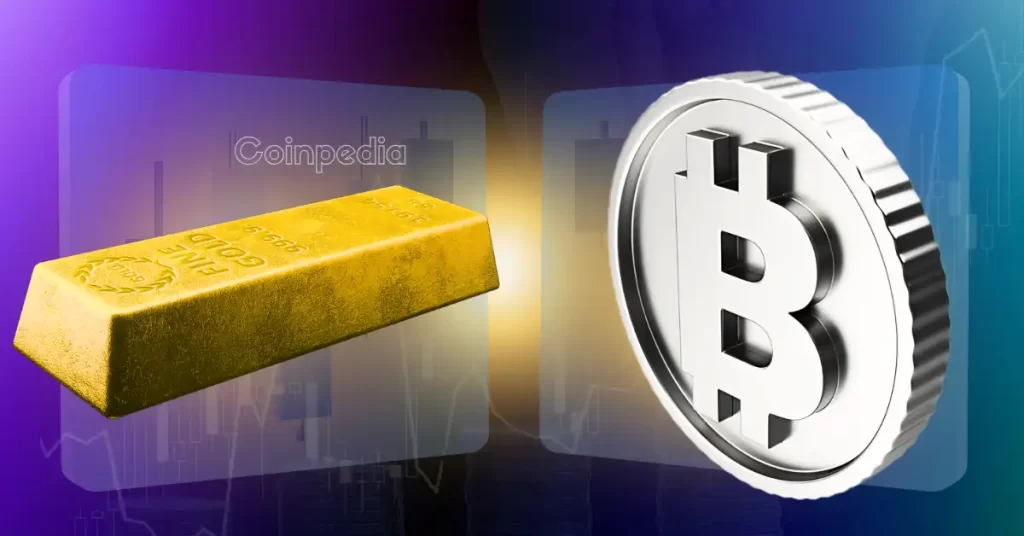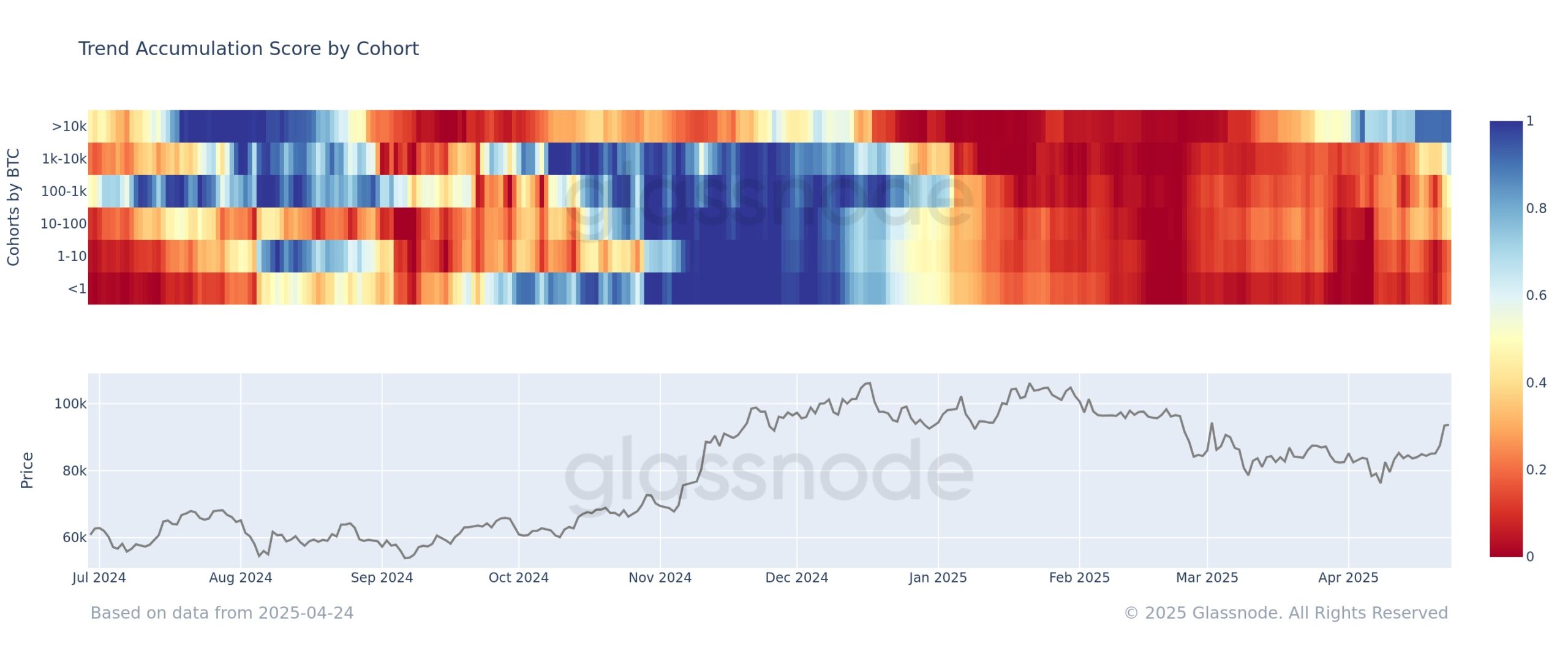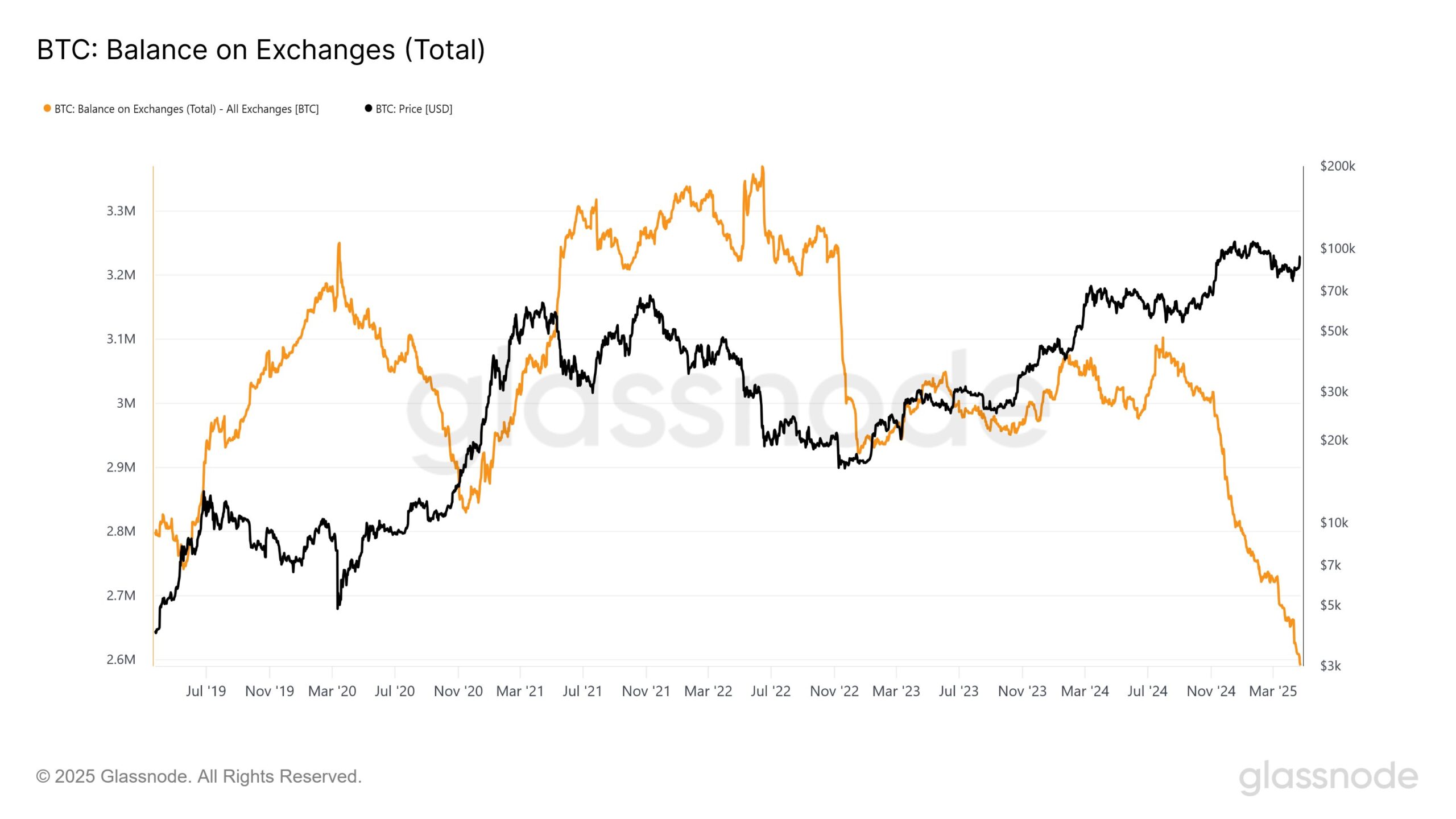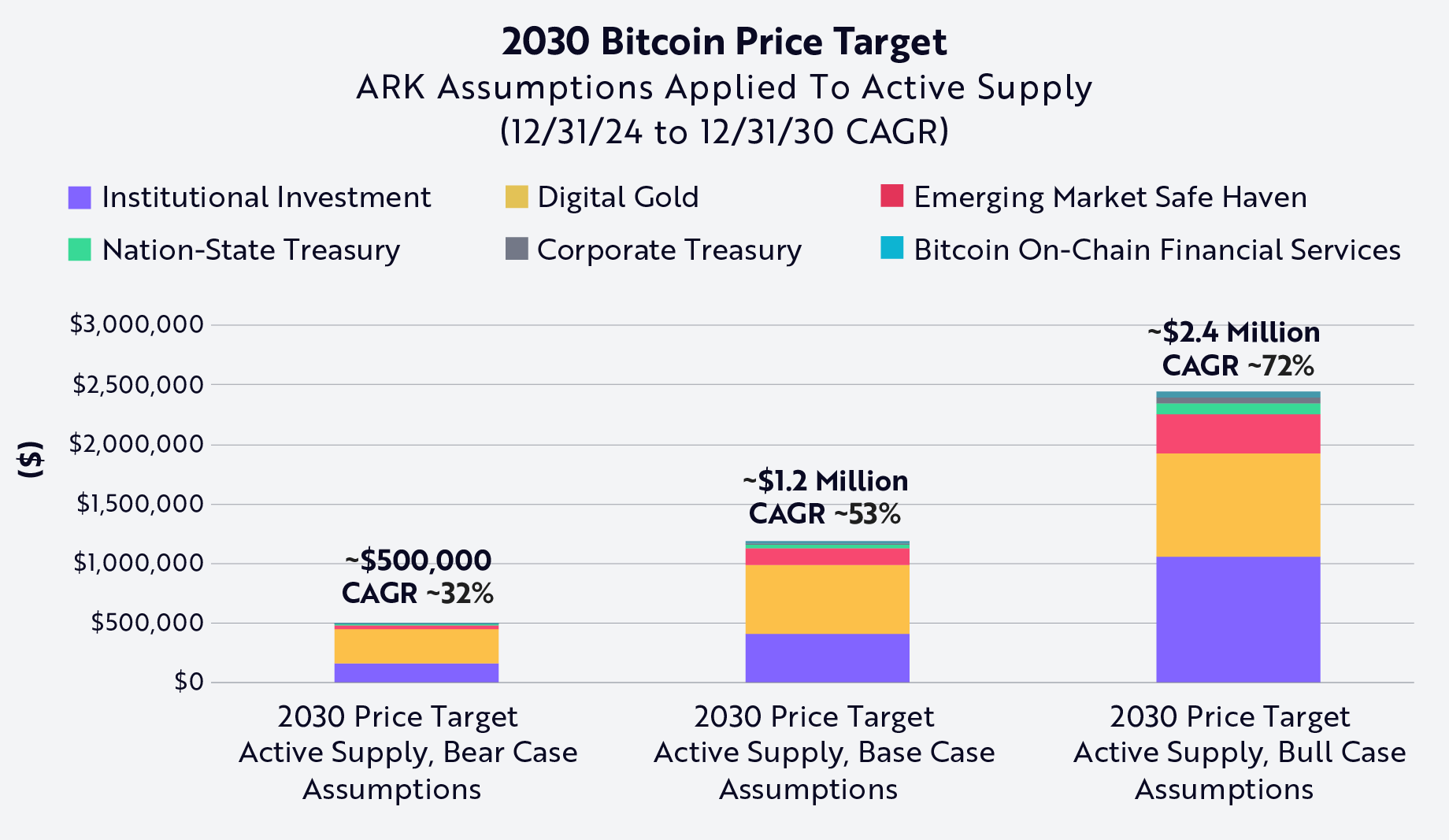
The post Is Bitcoin a Risk-On or Risk-Off Trading Vehicle? A Comparative Analysis of Gold and Stocks appeared first on Coinpedia Fintech News
Over the past decade, Bitcoin has emerged as a highly debated asset in the financial world. As the first decentralized cryptocurrency, its appeal lies in its potential for high returns and innovative technology; however, it is also fraught with volatility and uncertainty. The classification of Bitcoin as either a “risk-on” or “risk-off” asset poses an intriguing question for investors and traders alike, especially when compared to traditional assets such as gold and stocks. This article will explore the characteristics of Bitcoin, its relationship with the U.S. dollar, and how traders can effectively manage its inherent volatility.
Understanding Risk-On and Risk-Off Assets
To ascertain whether Bitcoin trading is more of a risk-on or risk-off vehicle, it’s essential to define these terms.
Risk-on assets are typically associated with higher returns and increased volatility. They thrive in a favorable economic environment characterized by strong growth prospects. Investors tend to move into risk-on assets during periods of financial optimism and confidence.
Risk-Off Assets: In contrast, risk-off assets are those that preserve value during market downturns or periods of instability. They are generally regarded as safe havens, where investors seek refuge to protect their capital when economic sentiment is bearish.
Bitcoin: A New Class of Asset
When observing the behavior of Bitcoin during various market conditions, we note its complexities. Bitcoin exhibits both risk-on and risk-off characteristics depending on the prevailing market conditions and investor sentiment.
Bitcoin as a Risk-On Asset
During periods of economic expansion or low unemployment, Bitcoin often behaves like a risk-on asset. This is primarily reflected in its price movements, which tend to align with market optimism. For instance, in the wake of positive news concerning regulatory developments or widespread institutional adoption, Bitcoin’s price surges as investors are willing to take on more risk for potentially more significant returns.
Bitcoin as a Risk-Off Asset
However, Bitcoin has also exhibited behavior typical of risk-off assets during times of economic uncertainty or instability.
Store of Value: In times of financial turmoil, investors may turn to Bitcoin as a digital alternative to gold. During periods of inflationary pressures or currency devaluation, many proponents argue that Bitcoin can serve as a hedge, preserving value against traditional fiat currencies. This narrative has gained traction during economic crises, where Bitcoin’s capped supply resonates with the principles of scarce resources, much like gold.
Flight to Safety: During periods of geopolitical tension or significant stock market corrections, Bitcoin can attract investors looking to diversify their portfolios away from traditional equities. The concept of “digital gold” has been highlighted in various analyses, suggesting that Bitcoin has the potential to serve as a safeguard against traditional systemic risks.
Comparison with Gold and Stocks
To further explore Bitcoin’s classification, it is helpful to compare it with other investment vehicles, such as gold and stocks.
Bitcoin vs. Gold
Gold has long been regarded as a risk-off asset—a haven in turbulent economic times. Its value tends to hold more stability compared to equity markets:
Historical Stability: Gold’s intrinsic value as a physical commodity has made it a traditional store of value for centuries. During economic downturns or periods of inflationary pressure, investors tend to flock to gold, driving up prices.
Correlation with Inflation: Gold often correlates with inflation data, as it tends to maintain purchasing power even when fiat currencies lose value. Meanwhile, Bitcoin’s correlation with inflation is still being developed, offering a modern alternative amidst economic uncertainty.
Bitcoin vs. Stocks
Stocks are predominantly viewed as risk-on assets. When investors show confidence in the economy, they are more likely to invest in stocks, anticipating capital growth.
Potential for Capital Appreciation: Stocks offer dividends and have a proven track record of returns on investment, whereas Bitcoin does not provide dividend yields. Investors looking for passive income may prefer stocks over Bitcoin’s speculative allure.
However, the landscape is shifting. Some institutional investors have begun to view Bitcoin as a distinct digital asset class, necessitating a recalibration of traditional risk and return perceptions. The decentralized nature of Bitcoin and its potential for significant appreciation make it a unique investment vehicle among equities.
The Relationship Between Bitcoin and the U.S. Dollar
The relationship between Bitcoin and fiat currencies, particularly the U.S. dollar, is complex and multifaceted. The dollar serves as the world’s primary reserve currency, making the dynamics between Bitcoin and the dollar essential to understand.
Inverse Relationship during Uncertainty
Historically, Bitcoin has exhibited an inverse relationship with the dollar during periods of economic uncertainty or downturn. When investors fear inflation or currency devaluation, they often move their assets into Bitcoin, driving up its demand and price. The effects of quantitative easing and low-interest rates have further exacerbated these dynamics, leading traders to seek alternative assets that can hedge against inflation.
Dollar Strength and Bitcoin Volatility
Conversely, during periods of a strong U.S. dollar, Bitcoin tends to experience price declines. A robust dollar can lead to lower demand for alternative assets as investors gain confidence in the dollar’s purchasing power. Furthermore, a strong dollar makes goods priced in Bitcoin more expensive for foreign investors, potentially dampening international demand.
Managing Bitcoin’s Volatility
The volatility of Bitcoin is one of its defining characteristics, making it both an opportunity and a risk for traders. Here are strategies traders can use to handle Bitcoin’s inherent volatility:
The Bottom Line
The question of whether Bitcoin is more of a risk-on or risk-off investment vehicle is not straightforward. Its dual nature allows it to be considered both, depending on market conditions. During periods of economic optimism, Bitcoin behaves like a risk-on asset, attracting speculative investment and rising in tandem with the stock market. Conversely, during periods of financial uncertainty, it can also serve as a risk-off asset, attracting investors seeking a store of value amid market volatility.
When compared to gold and stocks, Bitcoin occupies a unique position in the financial landscape, blending characteristics of both traditional and emerging asset classes. Its relationship with the U.S. dollar further complicates its classification, as macroeconomic factors can lead to significant price swings.
The post Is Bitcoin a Risk-On or Risk-Off Trading Vehicle? A Comparative Analysis of Gold and Stocks appeared first on Coinpedia Fintech News
Over the past decade, Bitcoin has emerged as a highly debated asset in the financial world. As the first decentralized cryptocurrency, its appeal lies in its potential for high returns and innovative technology; however, it is also fraught with volatility and uncertainty. The classification of Bitcoin as either a “risk-on” or “risk-off” asset poses an …




























